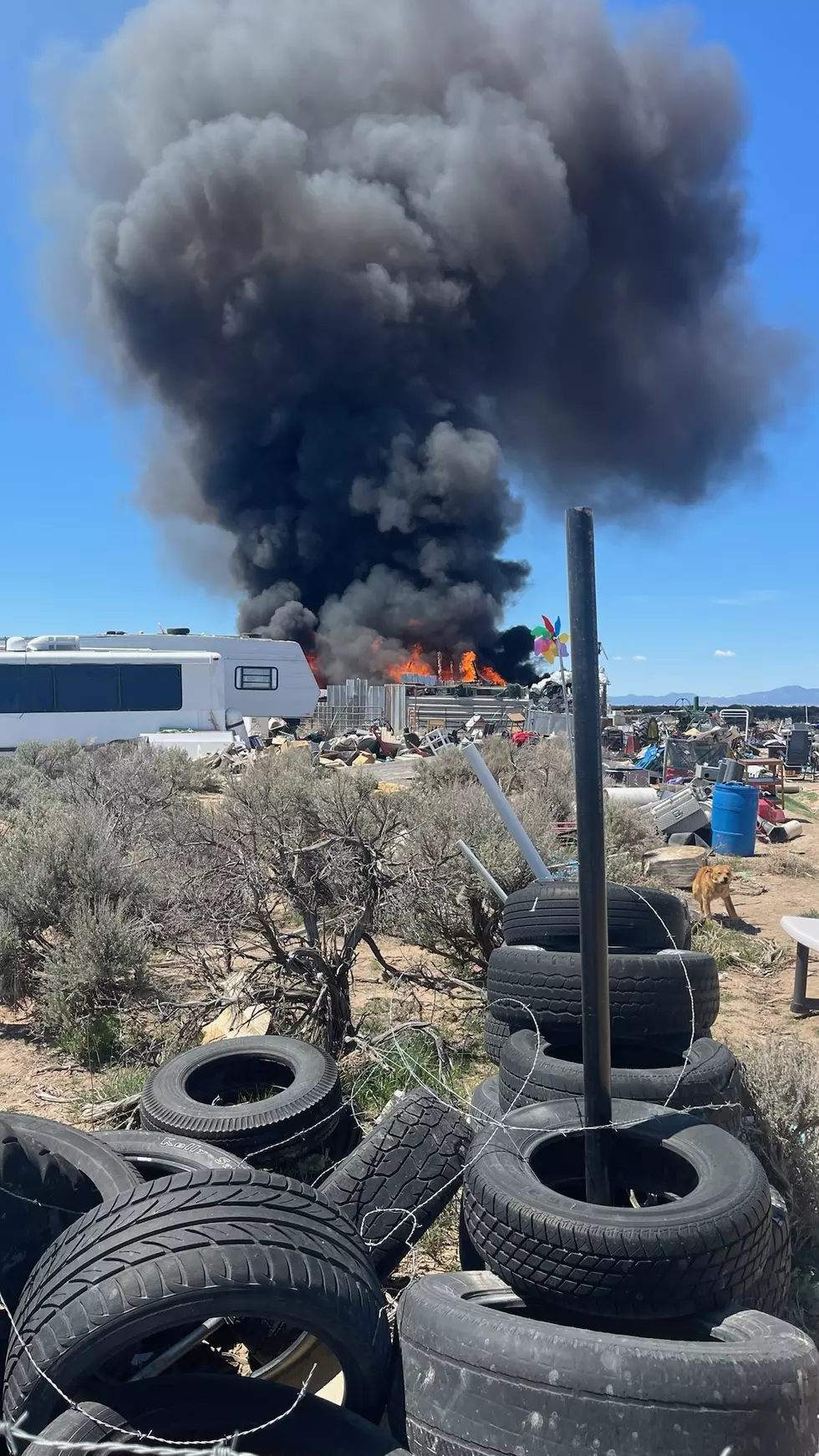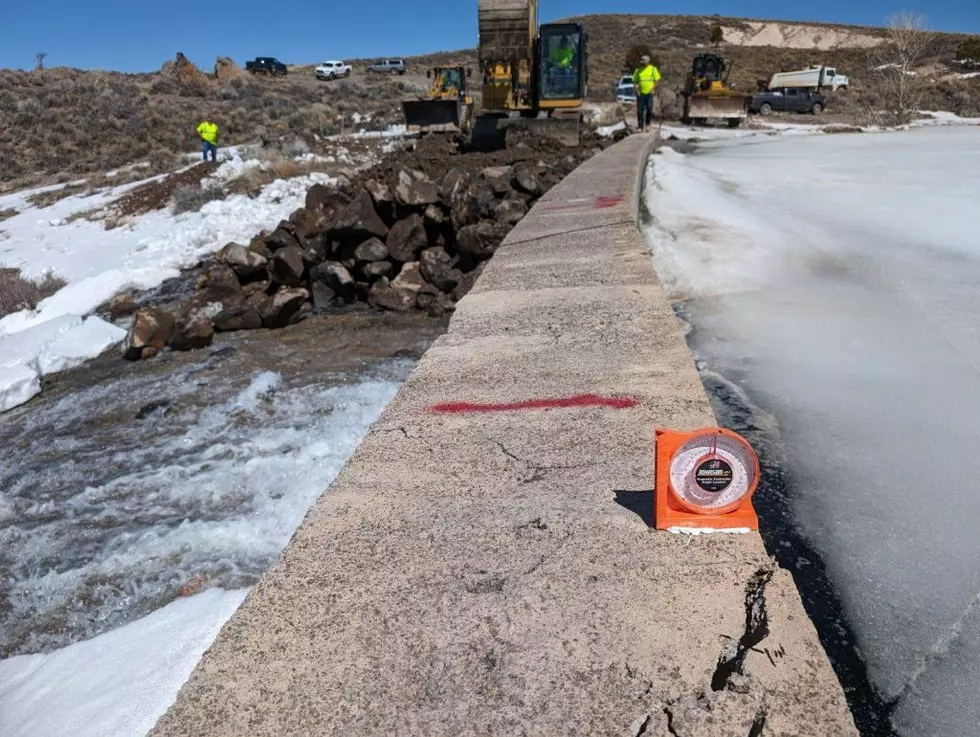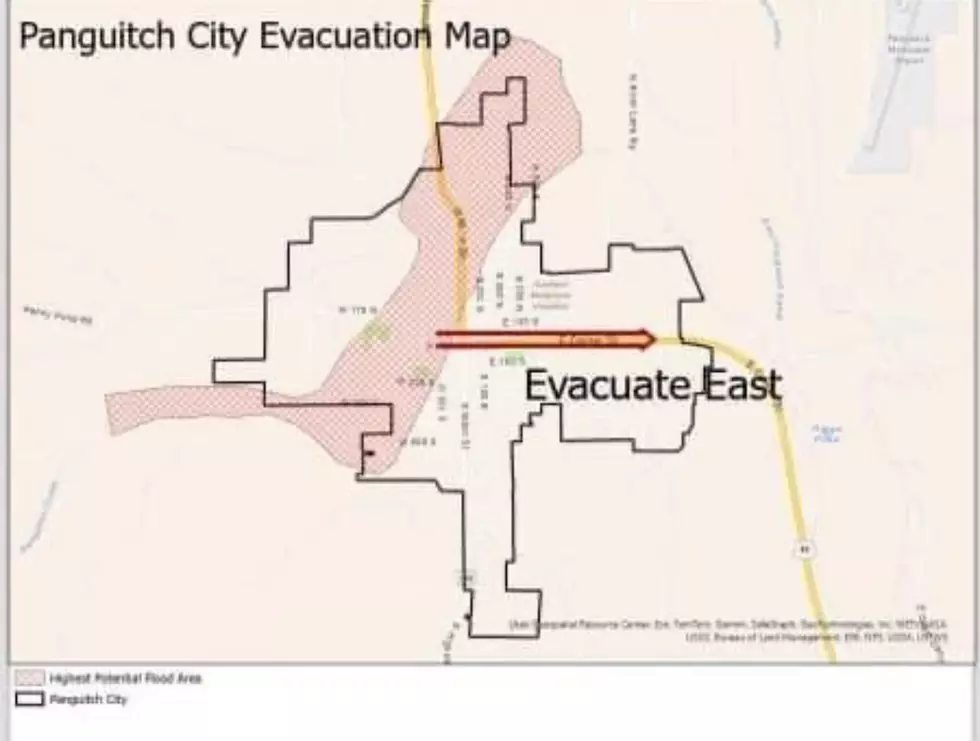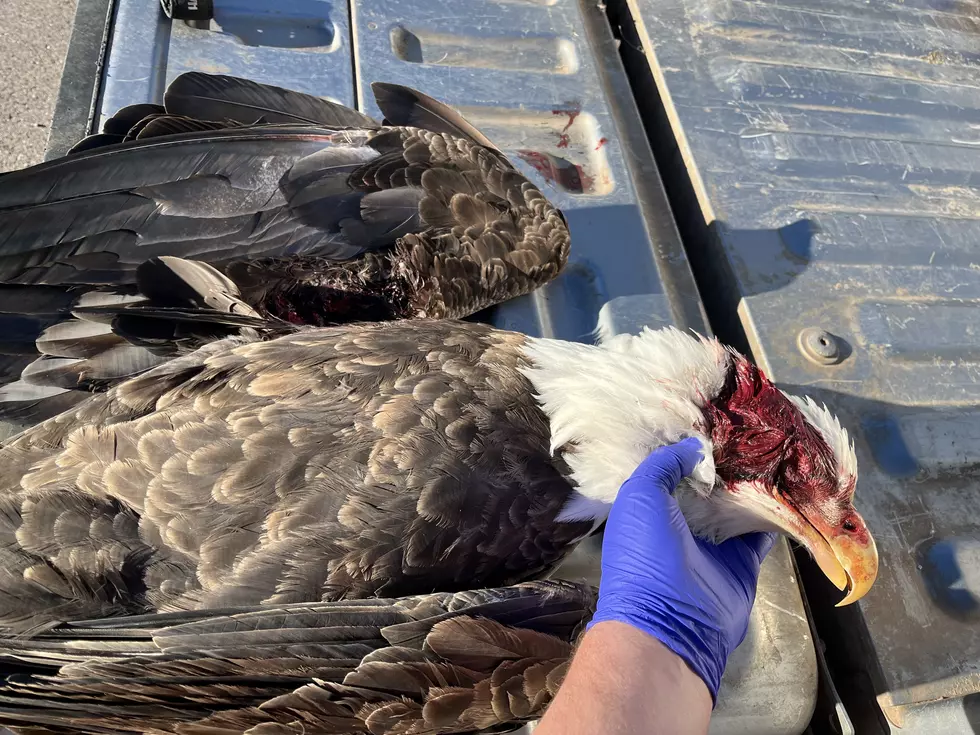
Oh Deer! Not The Garden!
The ongoing drought may lead to more wildlife traveling into Utah neighborhoods in search of food and water. Whether you want to keep the deer from eating all your garden vegetables and flowers or whether you’re interested in ways to help wildlife during this hot, dry summer, here are a few things you should know. Many wildlife species are impacted by the extreme ongoing drought conditions that Utah is facing, particularly deer. The limited availability of food and water can lead to a reduced number of newborn fawns and fewer fawns that survive their first year. The harsh conditions can also reduce the number of huntable buck deer and result in lower overall deer population numbers. Pregnant does also struggle with the decreased food supply during drought years, and if their body condition is poor during pregnancy, their male offspring may have relatively smaller antlers, even after reaching maturity. If you want to try to save your plants and want to minimize any property damage from these wildlife visits, here are a few tips. Building an 8-foot fence around your garden or yard is the most effective method, and is often the only reliable way to keep deer out of your garden. Another fairly effective technique is to install a motion-activated sprinkler. You can also try planting unpalatable vegetation around the perimeter of your garden to deter deer from eating additional plants. While some people may want to prevent deer and other wildlife from eating their lawns or gardens, others may be looking for ways they can help hungry and thirsty animals this summer. While it may be tempting to provide feed or water for these animals, it can lead to unsafe situations for the animals and people. For deer-friendly landscaping ideas if you live in an area frequented by big game animals, visit wildlife.utah.gov.
Photo courtesy Utah Division of Wildlife Resources
More From KSUB 590/107.7









